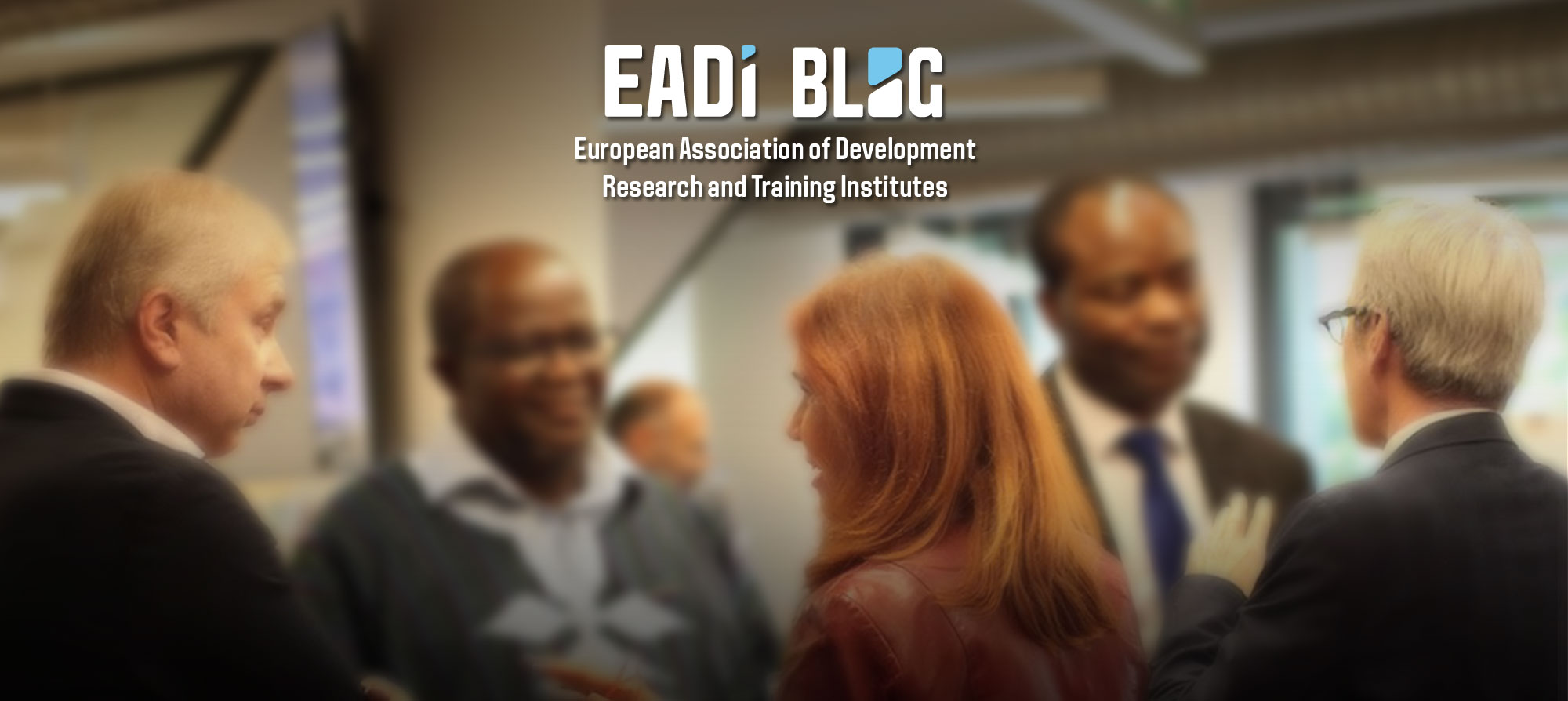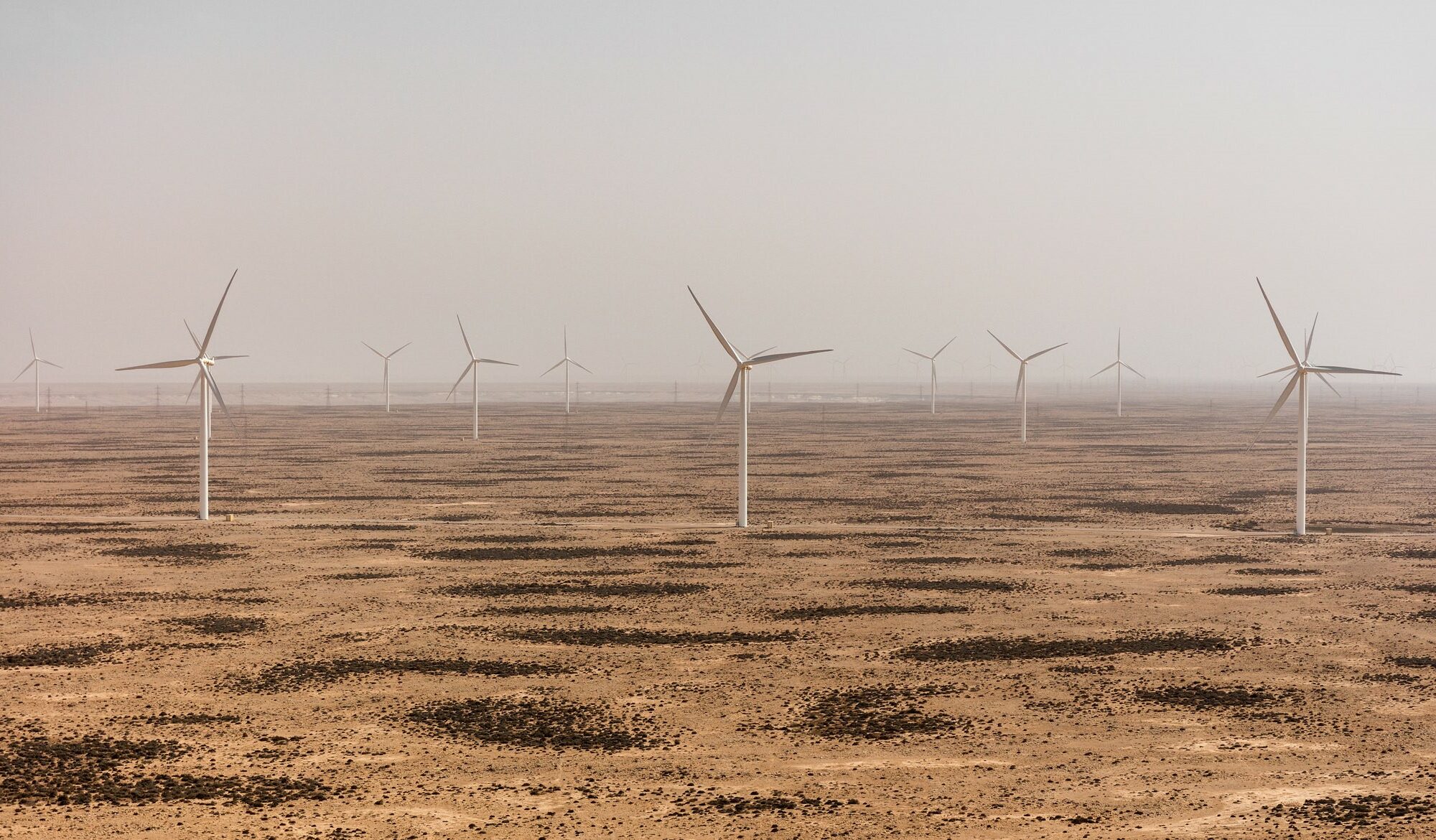By Joel Millward-Hopkins
Few people believe that the world’s poorest should remain in their current situation of material poverty – and fewer still would admit such a belief in public. Perhaps even fewer believe that it would be acceptable for humans to trigger a global ecological disaster. Most can thus agree that there are billions around the world for whom living standards should be improved, and that humans should endeavour to keep the only habitat in our solar system habitable.
It is the means to these ends on which disagreements start to arise. Does helping the poorest require radical redistribution of wealth, or will a rising tide lift all boats (and all rafts and all floating debris)? Does confronting climate change require us to question the global economy and its dependence upon growth and increasing consumption for stability? Or can green growth be the engine of a sustainable transition, where profits are aligned with technological innovations that decouple ecological damage from economic growth?
In recent years, various research communities have begun to study these questions by considering the relationship between energy demand and society. In our latest work, we synthesised three strands of this research to probe a key sustainable development question: How much global inequality is permissible in a future that both avoids dangerous levels of climate change, and provides decent material living standards for all?
Lowering energy demand while providing decent living standards for all
The first strand of research looks at the big picture and considers economy-wide energy use. Under the label of low-energy-demand, it proposes that limiting global temperature rise to safe levels will require reducing global energy demand, in order to avoid substantial and precarious reliance upon technologies for capturing and storing carbon. And it finds this can be done while maintaining average living standards in the Global North and raising them in the Global South.
The second strand is more theoretical and estimates the minimum energy use required to secure human well-being. Referred to as decent living energy, our previous work found these minimum living standards could be provided to a population of ten billion people in 2050 at about 15 gigajoules per person. This is well under a tenth of average energy consumption in the United States today, and 40% lower than the global low-energy-demand scenario.
The third strand considers global energy inequality. And the story emerging here is that consumption is highly unequal, within and between countries, due largely to economic inequalities. The world’s highest energy consumers use at least 100 times more than the lowest consumers.
Taken together, these findings raise a key issue. The global energy use suggested to be sustainable in low-energy-demand research is well above that which decent living energy research suggests is required to satisfy well-being. This is good news, but it doesn’t guarantee everyone would be able to access decent living energy in a low-energy-demand future. After all, there’s more than enough food produced today to feed everyone, yet people still go hungry. Inequality is crucial.
We can thus ask: how many may lack access to decent living conditions in a climate-safe future in which today’s vast inequalities in energy consumption remained? And how much would energy inequality have to be reduced to ensure decent living energy is available to all?
For a fair share, the energy gap between the richest and poorest needs to be 8 times smaller
Currently, the top 10% of global energy consumers use about 30 times as much energy as the bottom 10%, and the top 1% use 50 times more. Consequently, nearly four billion lack access to decent living energy – almost half the world population, and mostly in the Global South. The situation is also worse than these numbers imply, as the technologies used today are often inefficient, meaning people need more than 15 gigajoules per year to access basic goods and services. For example, using the decent living standards framework, other researchers have shown that 96-97% of people in Sub-Saharan Africa and South Asia lack adequate transport access; over 85% in Sub-Saharan Africa lack clean cooking and/or cold storage; and over 90% in South Asia lack adequate cooling in buildings. If, by 2050, global energy use was reduced to climate-safe levels, but current energy consumption inequalities remained, over 4 billion people could still lack access to decent living energy in the Global South alone, with over 100 million in the Global North suffering the same fate.
Ensuring everyone had access to decent living energy, while reducing total global energy use to safe levels, would require drastic reductions in inequality. Relative to the lowest 10% of global energy consumers, the top 10% would need to use only 4 times more, and the top 1% only 7 times more. This implies a gap between the lowest and highest global energy consumers nearly 8 times smaller than today.
But consumption of the lowest consumers in the Global South and elsewhere would look very different in this low-energy-demand, but relatively equal global future. They would have sufficient energy access to cover all basic needs that underpin decent living standards, including nutrition (food, clean cooking facilities, and cold storage); high-quality shelter (adequately sized, heated and cooled, irrespective of climate); mobility (with the global average distance travelled per-person at about today’s average in the UK); universal healthcare and education; information and communication infrastructures; and other personal items such as clothing, smart phones and laptops.
In summary, there could be more than enough clean energy to provide decent living standards to a population of 8-10 billion people in 2050, but only if highly efficient technologies are available to all and, crucially, global energy inequalities are reduced drastically from today’s levels.
Economic Equality is crucial
But how realistic are such reductions? To answer this, we can observe that inequalities in energy use and carbon emissions tend to be closely related to inequalities in income – unsurprising, as all are underpinned by inequalities in living standards. Consider the fact that the top 1% of the world’s population has been responsible for 23% of global emissions since 1990. So reducing global energy inequality by the huge amount that’s potentially required for climate-safety and decent-living-for-all may require similar reductions in income inequality.
Here, it helps to consider the Gini coefficient – a number used to measure inequality, which ranges from 0 (perfect equality) to 1 (‘perfect’ inequality, where one person owns everything). The current Gini for global energy consumption is nearly 0.6, and for global income it’s about 0.7. Our work showed that a climate-safe future with decent living for-all would require the former to fall to about 0.27, which implies the latter may have to fall to about 0.32.
To put this into context, an income Gini of 0.32 is a little lower than found in Norway today. Indeed, over the past 150 years of Capitalism, the global income Gini coefficient has hovered between 0.65 and 0.72. For global income inequality to reduce to a Gini of 0.32 over three decades would be simply unprecedented.
Is our economic system capable of such change?
This provokes the question: is it possible to provide decent living conditions for all and avoid ecological collapse within the current economic system? The message from our work is that we should be highly sceptical about this claim. However, we can’t rule it out.
Perhaps the economy will change in a way that allows the world’s rich to remain rich, but their energy consumption falls dramatically, thus freeing up energy to instead provide decent living conditions for the billions lacking them. Perhaps the world’s total energy supply can be increased in a truly sustainable way, allowing the world’s lowest consumers to access sufficient energy – inequality notwithstanding. Or perhaps a radical transformation of our economy can be made to something much more equal, which doesn’t use unsustainable growth as a band-aid for entrenched inequality. Whatever the answer, business as usual clearly won’t do.
Note: This article gives the views of the authors, not the position of the EADI Debating Development Blog or the European Association of Development Research and Training Institutes.
Joel Millward Hopkins is a research fellow at the University of Leeds whose research has meandered from renewable energy technologies and low carbon cities, through circular economy and environmental politics, to studying the relationship between global energy use, human well-being, and inequality.
This blog post is based on the paper: “Reducing global inequality to secure human wellbeing and climate safety: a modelling study”, published in the Lancet Planetary Health in February 2023
Image: TEDxTarfaya under a creative commons licence on Flickr

